-
Jeff Bezos dreams of a trillion people living on giant space stations throughout the solar system.
-
This is how humanity can thrive without robbing planet Earth of precious resources, Bezos said.
-
Business Insider asked experts how realistic Bezos’ plan is. This is what they said.
When it comes to space exploration, Jeff Bezos dreams big.
“I would love to see a trillion people living in the solar system. If we had a trillion people, we would have 1,000 Mozarts and 1,000 Einsteins at any given time,” he told podcaster Lex Fridman in a 2023 interview.
To realize this dream, Bezos envisions a future beyond his lifetime, where humans live in giant space colonies floating through our solar system, not on planets like Mars. “The planetary surfaces are just way too small” to fit everyone, Bezos told Fridman.
According to Bezos, leaving Earth would allow the human race to grow and prosper without destroying our home planet.
Business Insider asked four different types of experts – from architects to astrobiologists – for their opinions on Bezos’ plan. This is what they said.
Jeff Bezos’ space colonies would look like cylinders
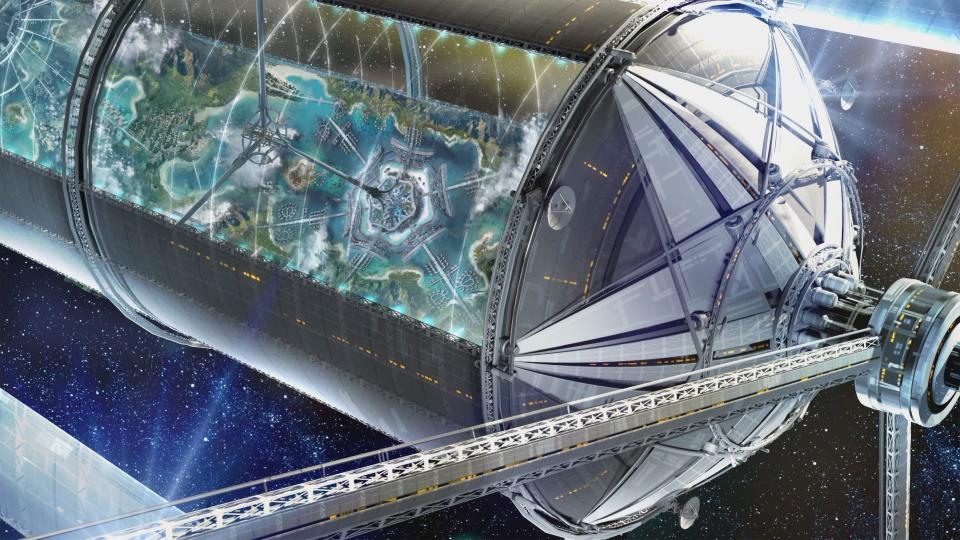
In Bezos’ futuristic fantasy, we all find ourselves in space stations that resemble a concept called O’Neill cylinders, named after physicist Gerard K. O’Neill, who first proposed them in the 1970s.
“Gerard K. O’Neill’s vision is inspiring, but absolutely gigantic,” says Anthony Longman, an independent architect who put together a concept for space habitats designed to house about 8,000 people.
That is considerably larger than the International Space Station, which usually has seven astronauts on board.
But a space habitat with 8,000 people is nothing compared to the O’Neill Colonies, which could house several million people and would be about 500 square miles inside, or the size of San Antonio, Texas.
On the outside, these space colonies would be thirty kilometers long and four kilometers wide, rotating to generate artificial gravity for the people on board.
O’Neill thought we could create natural ecosystems, water bodies, and even weather systems inside. From there we could build farms, transportation systems, and vibrant cities.
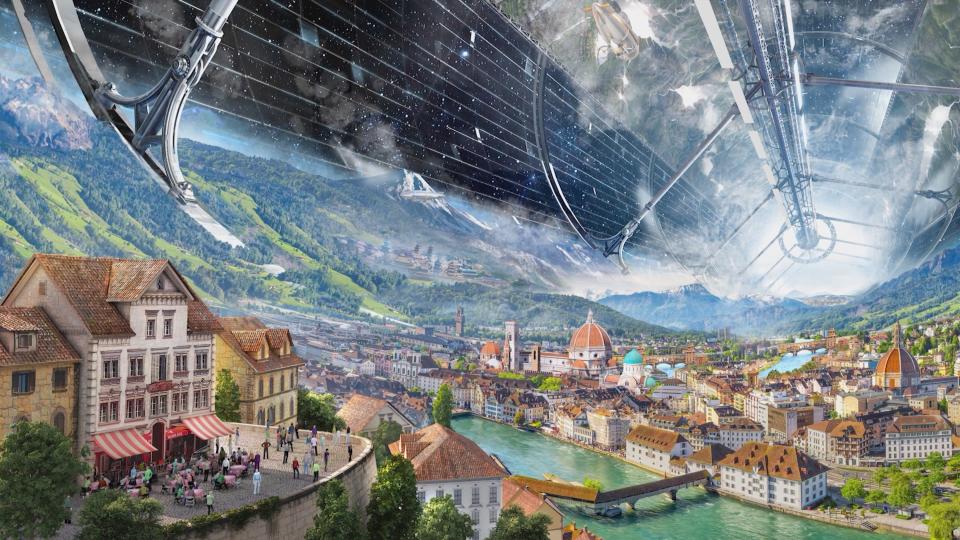

“I’m not saying they won’t be built, but I think it will probably be several hundred years before we can build something on that scale,” Longman said of the O’Neill colonies.
Bezos is not suggesting that humans will be living in O’Neill space colonies by the end of the century. Yet that long-term vision clearly shapes Blue Origin’s current goals and the commercial space race in general.
Both Blue Origin and its biggest competitor in the commercial space industry, Elon Musk’s SpaceX, are developing technologies that Bezos and Musk hope could one day lead humans to new lives beyond Earth.
“I won’t live long enough to see the fruits of this, but the fruits of this will come from building a path to space and getting the infrastructure,” Bezos told Fridman.
Challenges to keep people happy and healthy in space
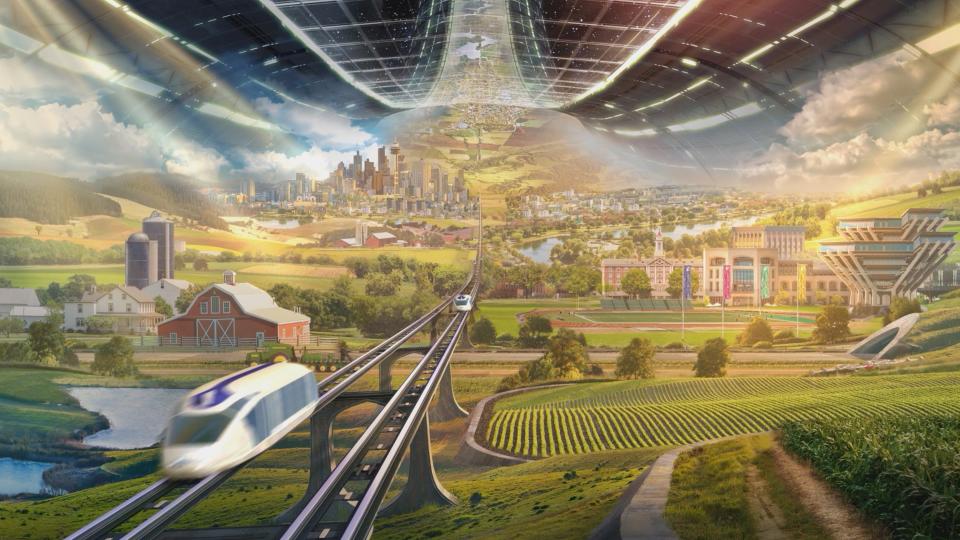

There are still many issues that need to be addressed before we can live on giant space stations and colonize the solar system. But to keep things simple, let’s start with the basics: food and reproduction.
Researchers have grown a number of crops on the International Space Station, including tomatoes and lettuce. Although these vegetables are grown under different conditions, they appear to be just as nutritious as those grown on Earth, research shows.
However, to achieve the scale of agricultural production needed for an O’Neill colony, “we need to develop these very safe, closed, self-sustaining agricultural systems,” says Rebeca Gonçalves, an astrobiologist who previously worked at the European Space Agency. research focuses on how we can grow crops off-world, such as on Mars.
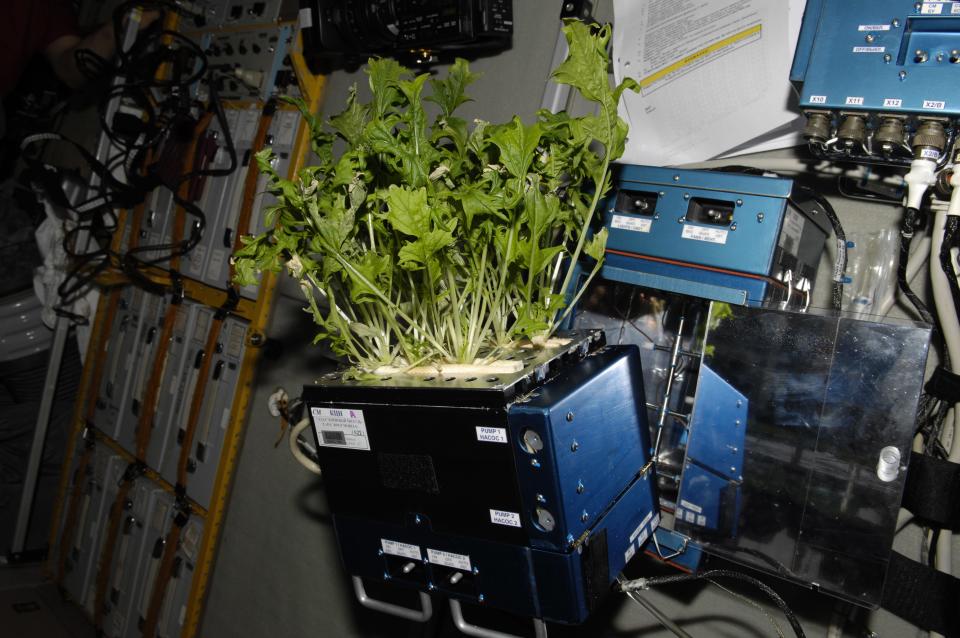

As for human reproduction in space, Adam Watkins, associate professor of reproductive biology at the University of Nottingham, said we still have a long way to go.
“Giving birth in space – you just don’t want to even think about the logistics and the difficulties that might come with it, let alone whether there are any complications involved,” he said.
As far as we know, no one has ever had sex in space. And we’ve certainly never sent a pregnant person to space. The health risks are too high, Watkins said.
These risks hinder research that could reveal how space radiation affects a developing fetus. So scientists aren’t sure what the impact would be.
To eliminate these risks, space colonies would need health care systems as equipped to handle reproduction as Earth’s, Watkins said.
“Getting people into space is one thing, we can do that. It’s quite simple.” Watkins said, adding that the hardest part is “building those entire infrastructure communities where you have these types of support structures, fully functioning, tried and tested, I think it’s still a long way off.”
Escaping from Earth’s problems can be a ‘dangerous illusion’
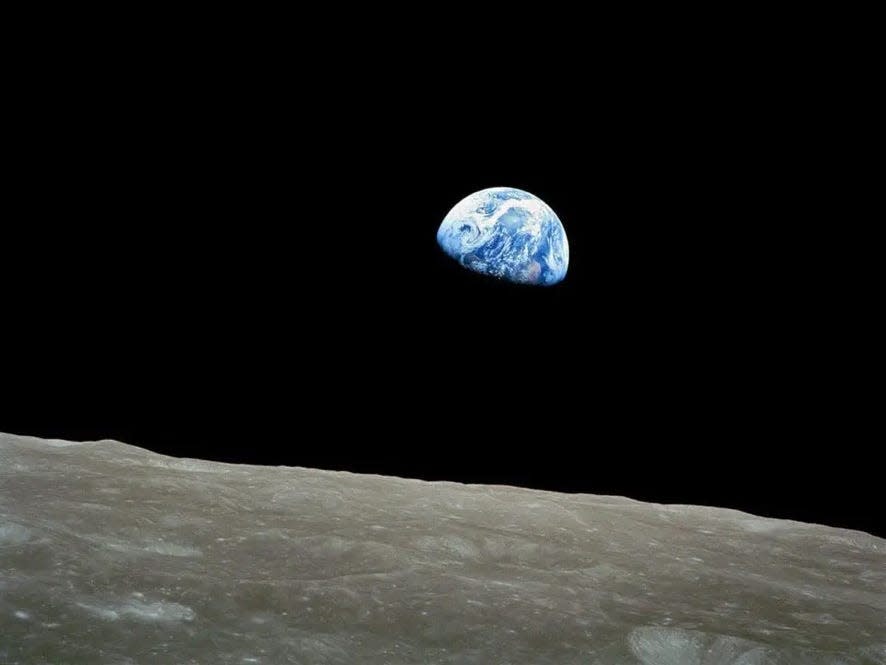

Our industrialized presence on the planet is causing climate change, resource scarcity and a biodiversity crisis. According to Bezos, leaving Earth is a way for humanity to continue on its current path while preserving Earth.
“We want to use a lot of energy. We want to use a lot of energy per capita. We’ve accomplished great things. We don’t want to go backwards,” he told Fridman.
But Martin Rees, Britain’s Astronomer Royal who advises the monarchy on astronomical matters, doesn’t think leaving Earth behind is the best option, he told Business Insider.
Using space as an “escape from the problems we can cause to our own planet” is a “dangerous illusion,” he said. “We have to take care of our own planet. It’s the best we have.”
Saving the Earth would be much easier than building Bezos’ space colonies, he told BI.
Even if we never reach the space colonies, the work of researchers studying alien colonization could benefit us here on Earth. For example, Gonçalves’ research into agriculture on Mars could help improve the resilience of crops in degraded sandy soils on our planet, she said.
“I don’t think these O’Neill-type space colonies will be nearly as attractive to spend your life on as living on Earth with its wonderful diversity,” Rees said.
Read the original article on Business Insider